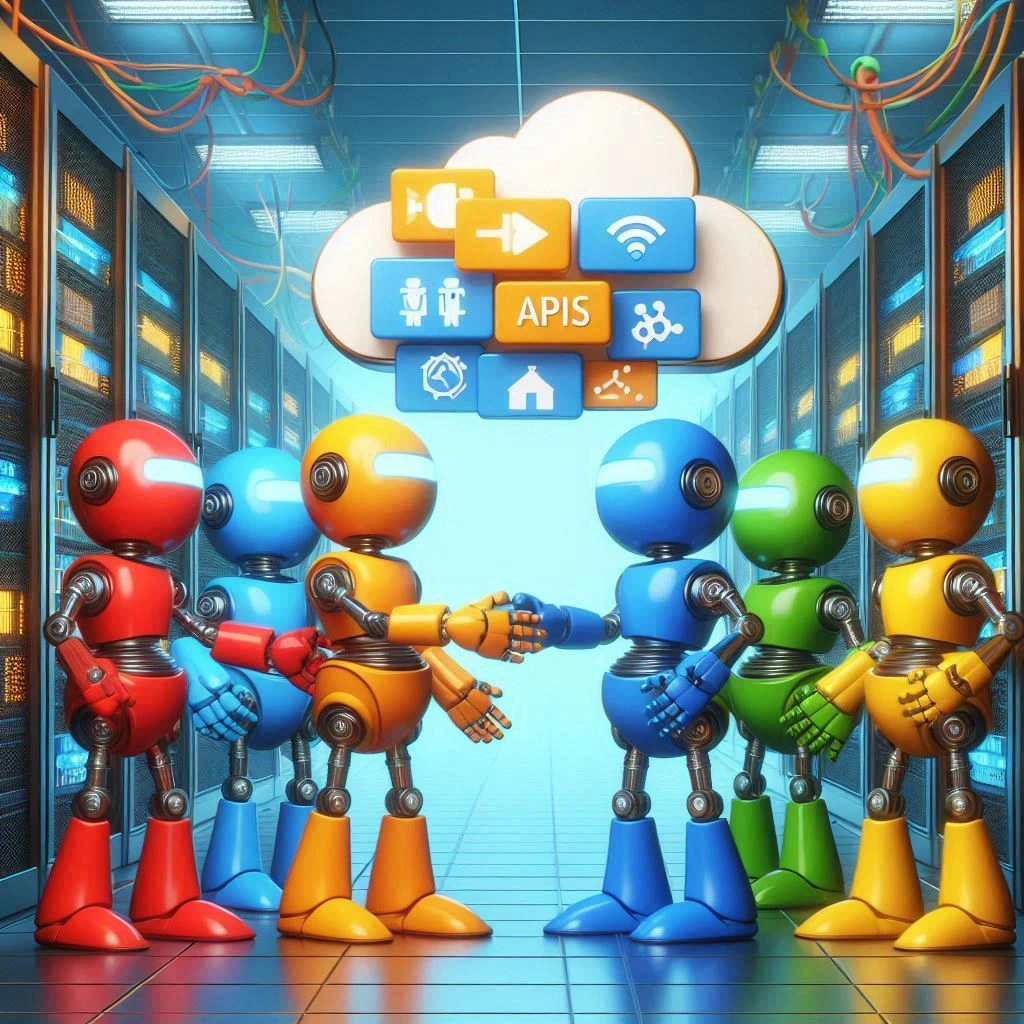API versus Web Services: Which One Should You Choose for Your Next Project?

The terms "API" and "Web Service" are frequently used interchangeably, which can lead to confusion, but they actually refer to different concepts. An API (Application Programming Interface) is fundamentally a set of rules and specifications that enables various software systems to communicate and share data. It doesn't specify how this communication should happen; it merely outlines the interface. In contrast, web services are a specific kind of API that use web technologies such as HTTP, XML, or JSON for communication over the internet. In essence, while all web services are APIs, not all APIs qualify as web services. This distinction is important when choosing the right architecture for a new project.
The decision between using a web service or a more general API largely depends on the project's specific requirements and context. If your application needs to interact with systems across different networks, using standard web protocols like HTTP is crucial, making a web service the sensible option. This choice offers inherent interoperability and scalability, allowing your application to integrate smoothly with a broader range of external services. However, if your interactions are confined to systems within a single network or organization, and speed and efficiency are top priorities, a non-web-based API might provide better performance and security. It's important to consider factors such as latency, data transfer volume, and the extent of external integration required.
The best approach is to thoroughly assess your project's unique needs. Key considerations include the complexity of the data exchange, the necessary level of security, scalability expectations, and the existing infrastructure. If you require wide interoperability and are okay with the overhead associated with web protocols, a web service is typically the better choice. For simpler, internal applications that need optimized performance, a more customized, non-web API could be adequate. Understanding these differences is essential for making an informed decision.
Understanding the Basics of APIs and Web Services
Imagine the internet as a vast restaurant. You (the user) are looking for a particular dish (information or a function). Instead of heading into the kitchen yourself, you rely on a waiter (an API – Application Programming Interface). You tell the waiter what you desire (send a request), and they head into the kitchen (the server), fetch your order (retrieve the data or execute the function), and bring it back to you (send a response). APIs serve as menus that outline how to request items from the internet's "kitchen," enabling different programs and websites to communicate without needing to understand each other's inner workings.
Web services encompass a broader concept, akin to the entire restaurant itself. They represent a range of functionalities available online, often accessed through APIs. Picture various sections of the menu – one might feature appetizers (simple data retrieval), another could handle main courses (complex data processing), and yet another might focus on desserts (user interface components). These services can operate independently, like different restaurants, or be part of a larger system, similar to a restaurant chain with multiple locations, all collaborating to deliver a complete experience.
APIs provide the specific guidelines for accessing the functionality of a web service, acting as the bridge between different software applications. They streamline interactions, allowing developers to create intricate applications by combining services without having to start from scratch each time. It's like using pre-packaged ingredients instead of cultivating all your own produce and raising your own animals; APIs enable you to concentrate on the creative aspects of your application rather than the foundational infrastructure.
Key Differences Between APIs and Web Services
Let's simplify things for a moment and compare APIs and web services to ordering food. A web service is like a high-end restaurant – it has a variety of dishes (services) on its menu, but you need to know exactly how to place your order (using specific protocols like SOAP or REST). It often comes as a complete package, complete with its own presentation and possibly a lot of extras you might not need. An API, however, is more akin to using a food delivery app. You specify what you want (with a straightforward request), and the app fetches it from whichever restaurant has it (the web service, or maybe several!). You receive exactly what you ordered, neatly delivered.
The main distinction lies in access and simplicity. Web services can be intricate, requiring you to grasp their inner workings and possibly handle a lot of additional data. APIs are built for user-friendliness; they conceal the complexity of the underlying web service, offering a streamlined, clearly defined interface. Think of it as the difference between learning to cook an entire meal from scratch and simply ordering a ready-made pizza. You end up with the same result (food!), but the level of effort and expertise needed is quite different.
While all APIs are technically web services (they communicate over the internet), not all web services qualify as APIs. A web service might be a vast, complex system with numerous features. An API, on the other hand, is crafted to be a specific, focused interface that delivers exactly what a developer requires. It's a smaller, more manageable part of the larger web service picture – like ordering just the pepperoni slices from that pizza, rather than the entire pie with the crust and all.